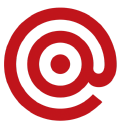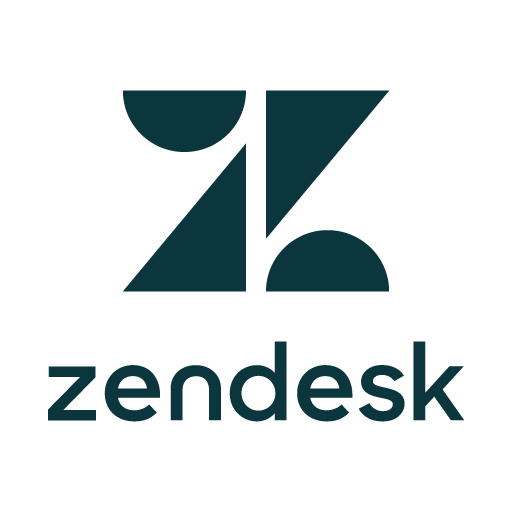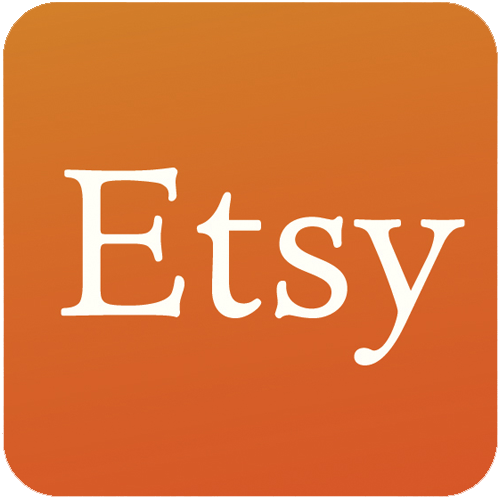On Launching An App To Discover Beauty And Wellness Professionals
Hello! Who are you and what business did you start?
My name is Mandana Salehi-Stewart. I live in Portland, Oregon where I built a career as a sales leader in local software startups for more than 10-years before venturing off on my own. My company is called ZibaHub, a marketplace where beauty and wellness professionals can be discovered by potential employers and clients based on their skills and social values.
ZibaHub is built around the beauty professional. Our goal has always been to empower salon workers with the same tech-enabled career tools that other professionals like myself have been using to bolster their careers for over a decade. In designing the platform, we looked to existing sources like LinkedIn and Yelp for elements of inspiration while remaining true to our own core values around inclusivity and the creative nature of our audience.
With the changes happening over the past year about both Covid and social awakening, we decided to help connect the dots between consumers seeking beauty services who are concerned about safety protocols and social values and service providers who need new business to weather the storm. This is why we’ve evolved from a marketplace where salons discovered salon pros...

Download the report and join our email newsletter packed with business ideas and money-making opportunities, backed by real-life case studies.

Download the report and join our email newsletter packed with business ideas and money-making opportunities, backed by real-life case studies.

Download the report and join our email newsletter packed with business ideas and money-making opportunities, backed by real-life case studies.

Download the report and join our email newsletter packed with business ideas and money-making opportunities, backed by real-life case studies.

Download the report and join our email newsletter packed with business ideas and money-making opportunities, backed by real-life case studies.

Download the report and join our email newsletter packed with business ideas and money-making opportunities, backed by real-life case studies.

Download the report and join our email newsletter packed with business ideas and money-making opportunities, backed by real-life case studies.

Download the report and join our email newsletter packed with business ideas and money-making opportunities, backed by real-life case studies.























